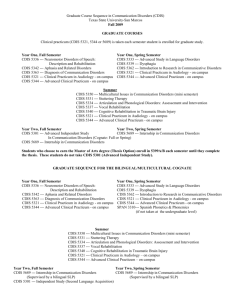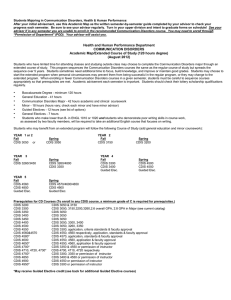Supplementary Figure Legends (doc 36K)
advertisement
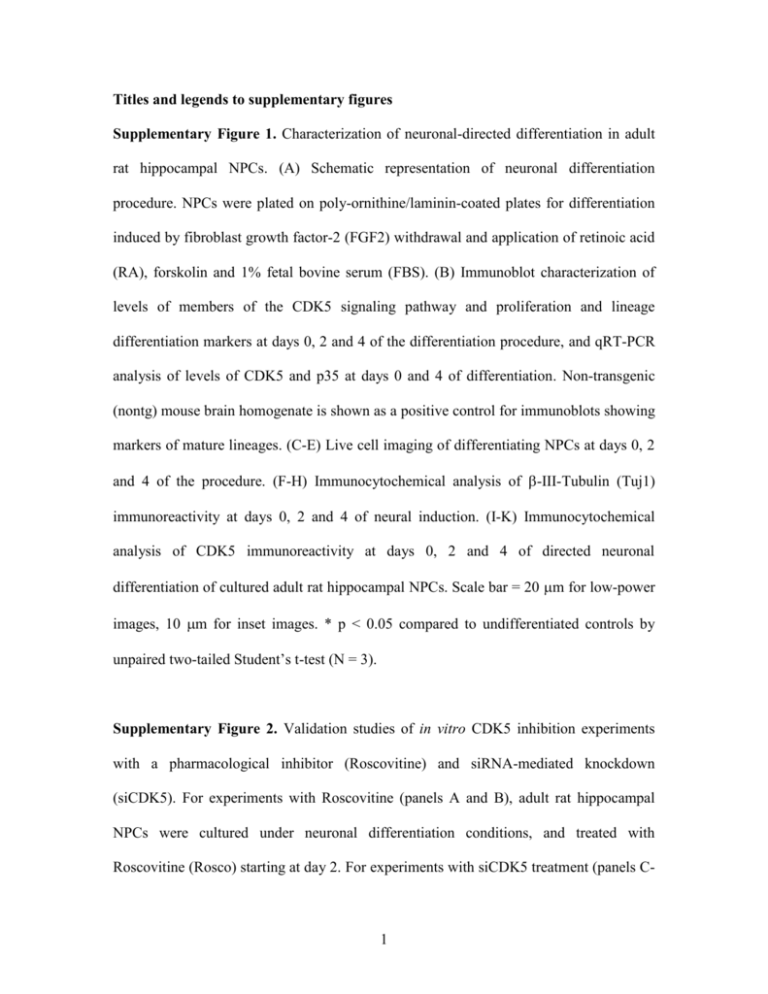
Titles and legends to supplementary figures Supplementary Figure 1. Characterization of neuronal-directed differentiation in adult rat hippocampal NPCs. (A) Schematic representation of neuronal differentiation procedure. NPCs were plated on poly-ornithine/laminin-coated plates for differentiation induced by fibroblast growth factor-2 (FGF2) withdrawal and application of retinoic acid (RA), forskolin and 1% fetal bovine serum (FBS). (B) Immunoblot characterization of levels of members of the CDK5 signaling pathway and proliferation and lineage differentiation markers at days 0, 2 and 4 of the differentiation procedure, and qRT-PCR analysis of levels of CDK5 and p35 at days 0 and 4 of differentiation. Non-transgenic (nontg) mouse brain homogenate is shown as a positive control for immunoblots showing markers of mature lineages. (C-E) Live cell imaging of differentiating NPCs at days 0, 2 and 4 of the procedure. (F-H) Immunocytochemical analysis of -III-Tubulin (Tuj1) immunoreactivity at days 0, 2 and 4 of neural induction. (I-K) Immunocytochemical analysis of CDK5 immunoreactivity at days 0, 2 and 4 of directed neuronal differentiation of cultured adult rat hippocampal NPCs. Scale bar = 20 m for low-power images, 10 m for inset images. * p < 0.05 compared to undifferentiated controls by unpaired two-tailed Student’s t-test (N = 3). Supplementary Figure 2. Validation studies of in vitro CDK5 inhibition experiments with a pharmacological inhibitor (Roscovitine) and siRNA-mediated knockdown (siCDK5). For experiments with Roscovitine (panels A and B), adult rat hippocampal NPCs were cultured under neuronal differentiation conditions, and treated with Roscovitine (Rosco) starting at day 2. For experiments with siCDK5 treatment (panels C- 1 H), adult rat hippocampal NPCs were cultured under neuronal differentiation conditions, and transfected with two different siRNAs targeting CDK5 (siCDK5#1, siCDK5#2) or a non-targeting control siRNA (Ctrl siRNA). (A) Immunoblot analyses of levels of CDK5, p35, and actin in day 4 (D4) NPC-derived neural progeny treated with 1 M or 5 M Rosco for 48 hrs. Brain homogenate from a nontg mouse is shown as a comparative positive control. (B) LDH-based cytotoxicity assay showing only mild chnages in LDH release in NPC-derived neural progeny treated with Rosco for 48 hrs. (C) Immunoblot analyses of levels of CDK5, p35, and actin in day 4 (D4) NPC-derived neural progeny transfected with Ctrl siRNA or siCDK5. (D) LDH-based cytotoxicity assay showing only mild chnages in LDH release in NPC-derived neural progeny 48 hrs after transfection with siRNAs. (E) Protein and mRNA (measured by qRT-PCR) levels of CDK5 in NPCderived neural progeny 48 hrs after transfection with siRNAs. (F, G) Immunolabeling analysis of CDK5 immunoreactivity in NPC-derived neural progeny treated with siCDK5. Cell nuclei were co-stained with DAPI reagent. (H) Reduced levels of CDK5 immunoreactivity in NPC-derived neural progeny 48 hrs after transfection with siRNAs. * p < 0.05 compared to non-targeting siRNA-treated controls by unpaired two-tailed Student’s t-test (N = 3). Supplementary Figure 3. Immunoblot analysis of CDK5 activity, and CDK5, p35, APP/A, cyclin D1, and CDK2 expression levels in the brains of CDK5+/-/APP tg mice. (A) Brain homogenates were prepared from nine-month old wild-type control mice, CDK5 heterozygous deficient (CDK5+/-), APP tg mice, or crosses (CDK5+/-/APP tg), were analyzed by western blot with antibodies against CDK5, phosphorylated CDK5 2 (Tyr15), p35, APP, A, -III Tubulin (Tuj1), and actin as a loading control. (B) Levels of CDK5 activity, as measured by pCDK5 (Tyr15) immunoreactivity as a marker of increased activity. (C, D) Semi-quantitative image analysis of levels of CDK5 and p35 immunoreactivity. (E, F), Semi-quantitative image analysis of levels of APP (6E10 antibody) and A 4 kDa monomer (82E1 antibody) immunoreactivity. (G, H) Semiquantitative image analysis of levels of cell cycle proteins cyclin D1 and CDK2. * p < 0.05 compared to wild-type controls by one-way ANOVA with post-hoc Dunnett’s test. # p < 0.05 compared to APP tg mice by one-way ANOVA with post-hoc Tukey-Kramer test. N=4 animals per group. Supplementary Figure 4. Immunohistochemical analysis of A accumulation in the brains of CDK5+/-/APP tg mice. Brain sections from nine-month old wild-type control mice, CDK5 heterozygous deficient (CDK5+/-), APP tg mice, or crosses (CDK5+/-/APP tg), were processed for immunohistochemical analysis with an antibody against A (4G8). (A-D) Patterns of A immunoreactivity in the cortex. (E) Image analysis of the percent area covered by A-immunoreactive plaques in the frontal cortex. (F-I) Patterns of A immunoreactivity in the hippocampus. (J) Image analysis of the percent area covered by A-immunoreactive plaques in the hippocampus (dentate gyrus, DG). Scale bar = 1.5 mm (panels A-D); 40 M (panels F-I). Supplemetary Figure 5. Immunohistochemical analysis of general neuronal integrity in the brains of CDK5+/-/APP tg mice. Brain sections from nine-month old wild-type control mice, CDK5 heterozygous deficient (CDK5+/-), APP tg mice, or crosses (CDK5+/-/APP 3 tg), were processed for immunohistochemical analysis with an antibody against NeuN. (A-D) Patterns of NeuN immunoreactivity in the cortex. (E) Image analysis of the average number of NeuN-positive cells in the frontal cortex. (F-I) Patterns of NeuN immunoreactivity in the hippocampus. (J) Image analysis of the average number of NeuN-positive cells in the hippocampus (dentate gyrus, DG). Scale bar = 1.5 mm (panels A-D); 100 m (panels F-I). * p < 0.05 compared to wild-type controls by one-way ANOVA with post-hoc Dunnett’s test. N=4 animals per group. 4
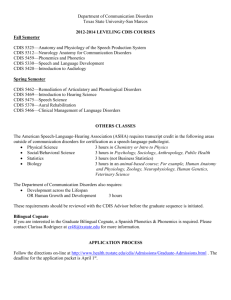
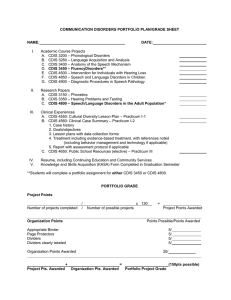
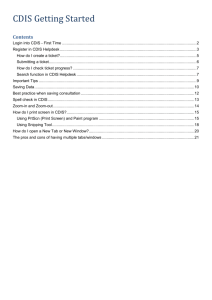

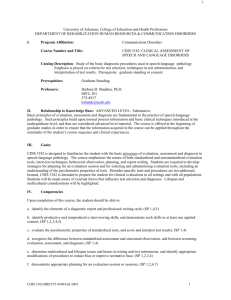

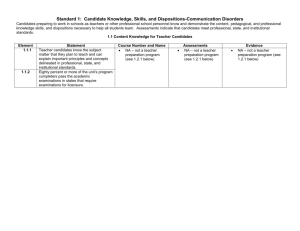
![CDI+Impact+on+RAC[1]](http://s2.studylib.net/store/data/005600152_1-87991b5e70e02cff6dbbfebd48f7ff80-300x300.png)

